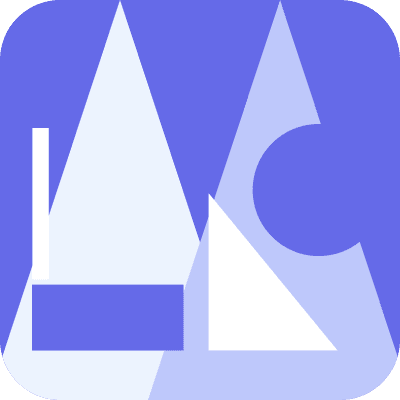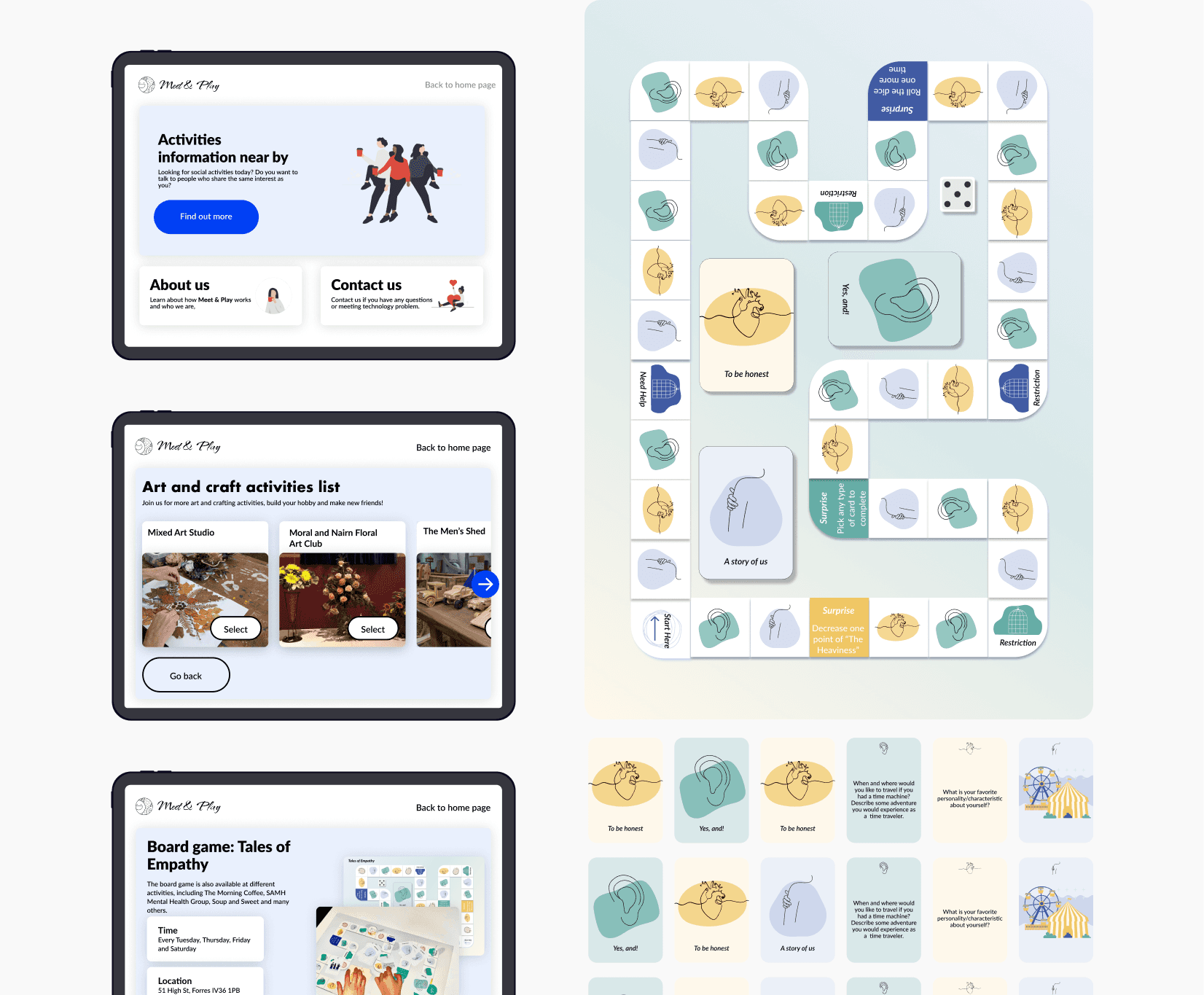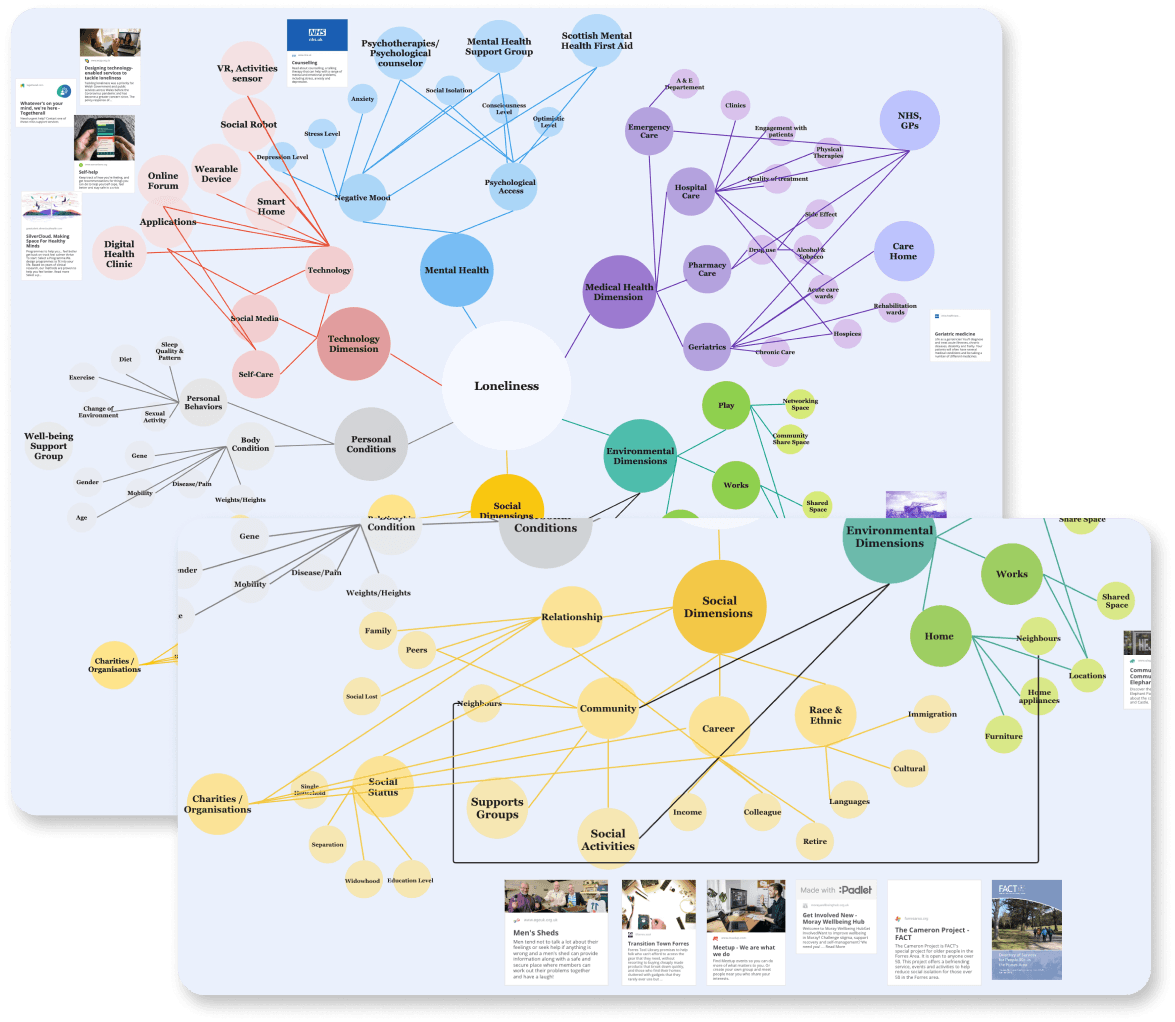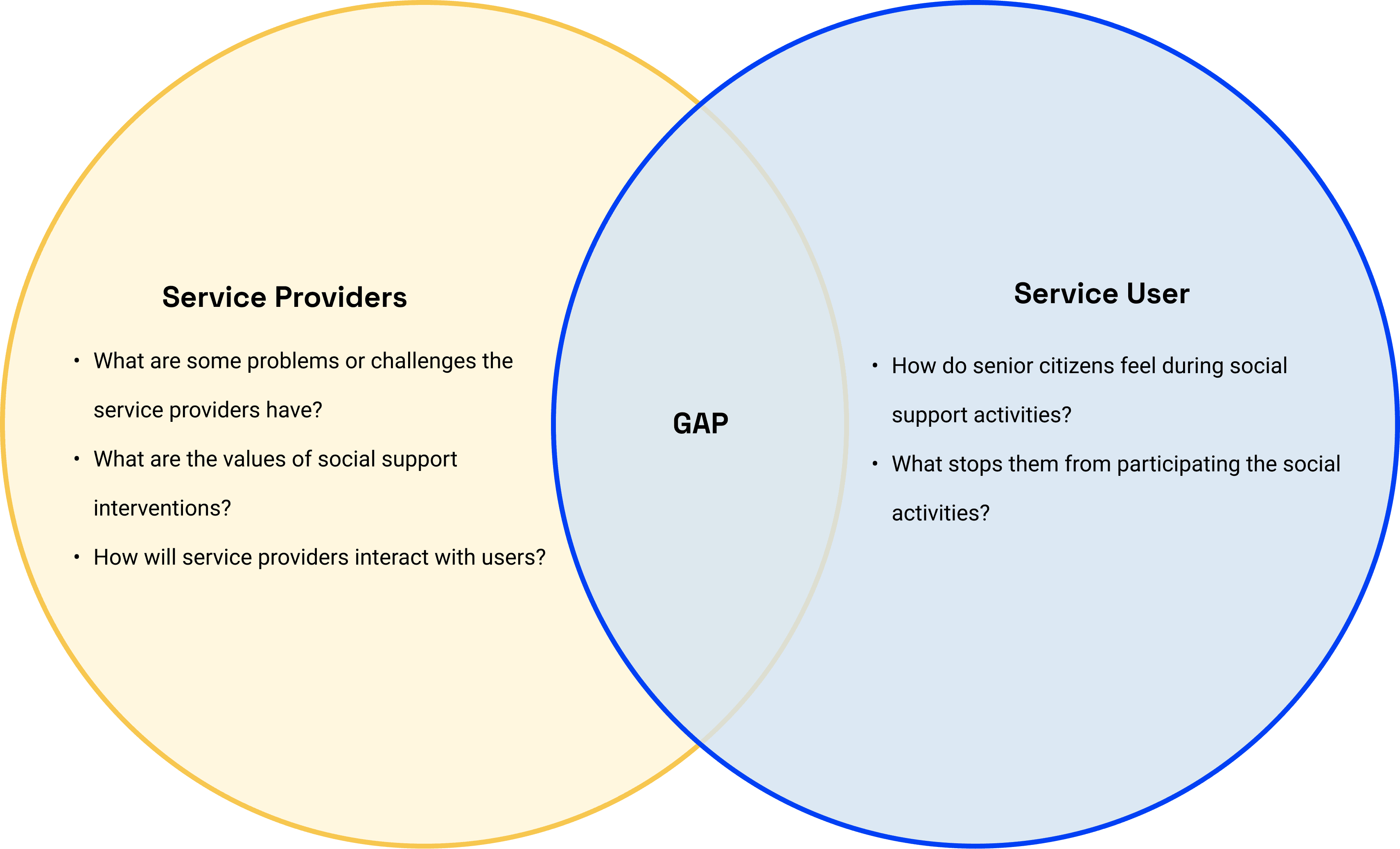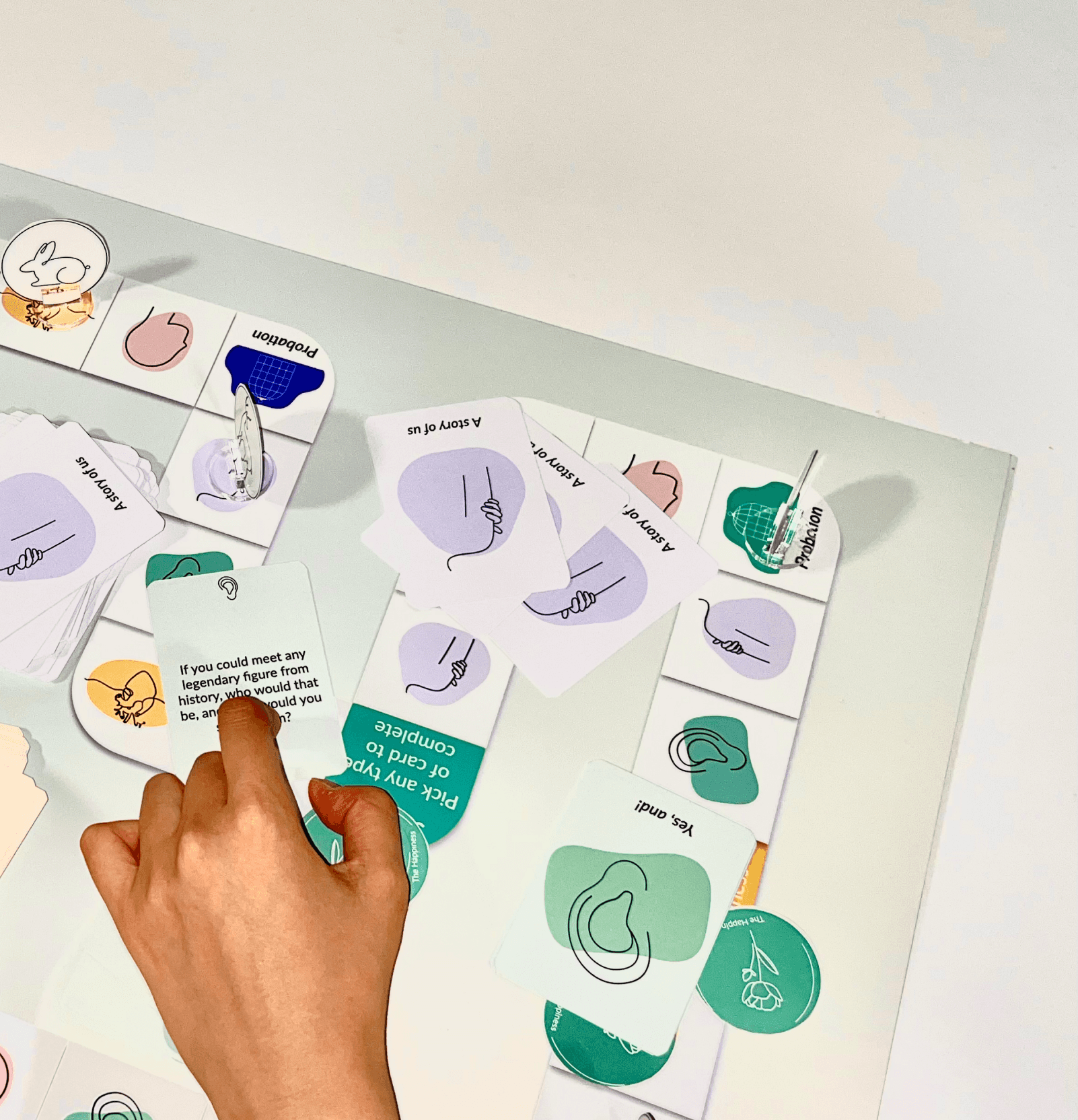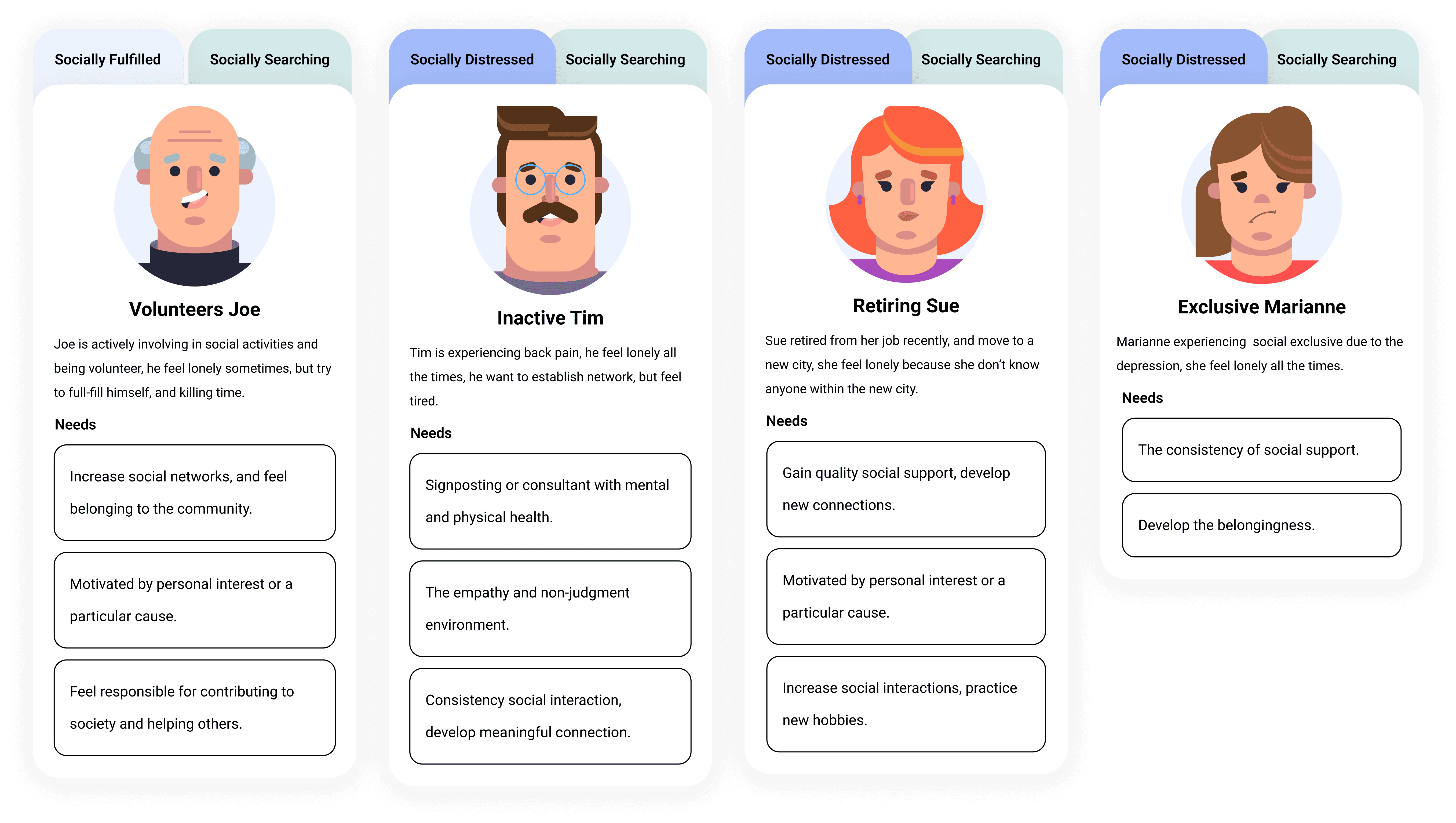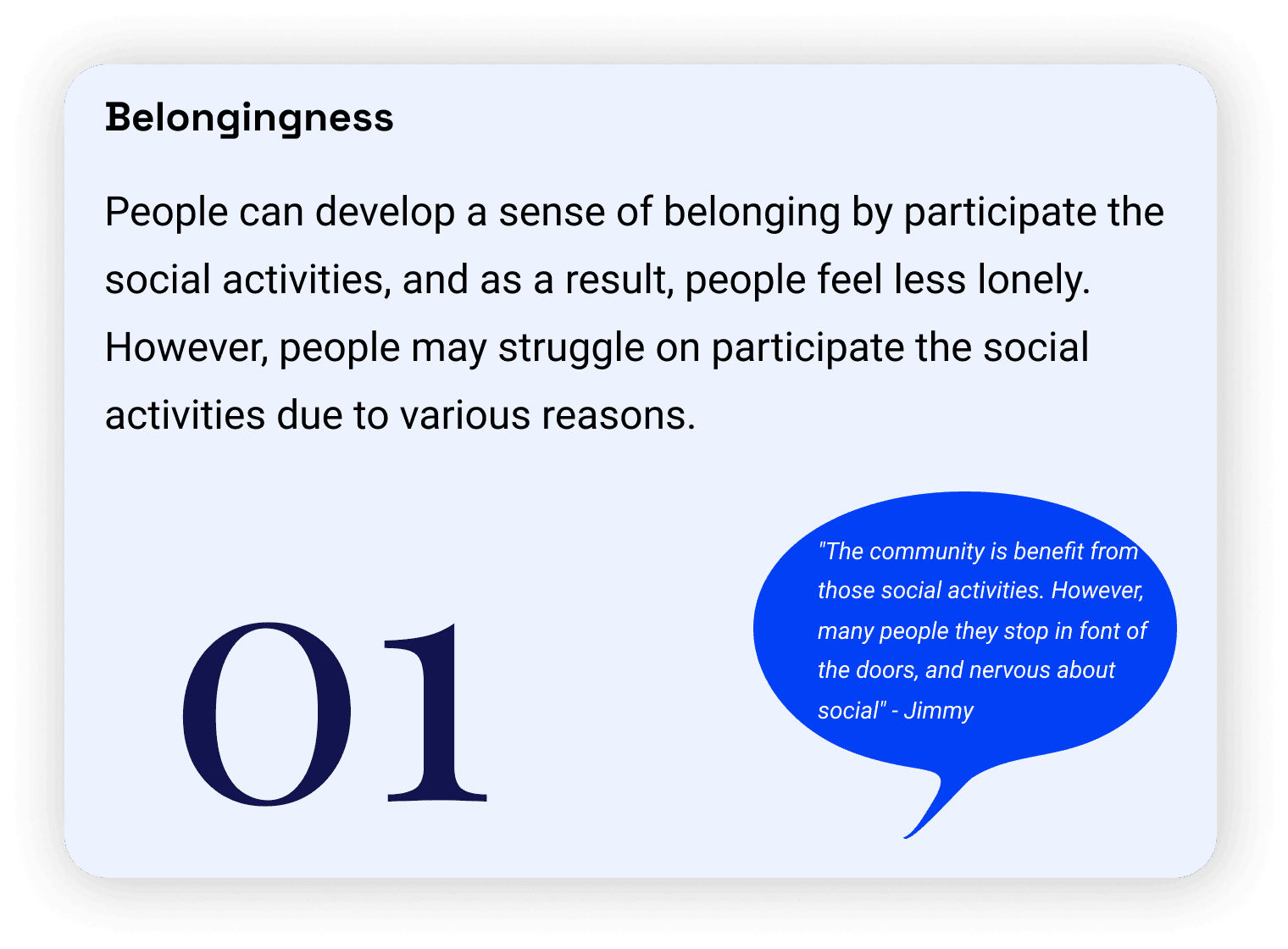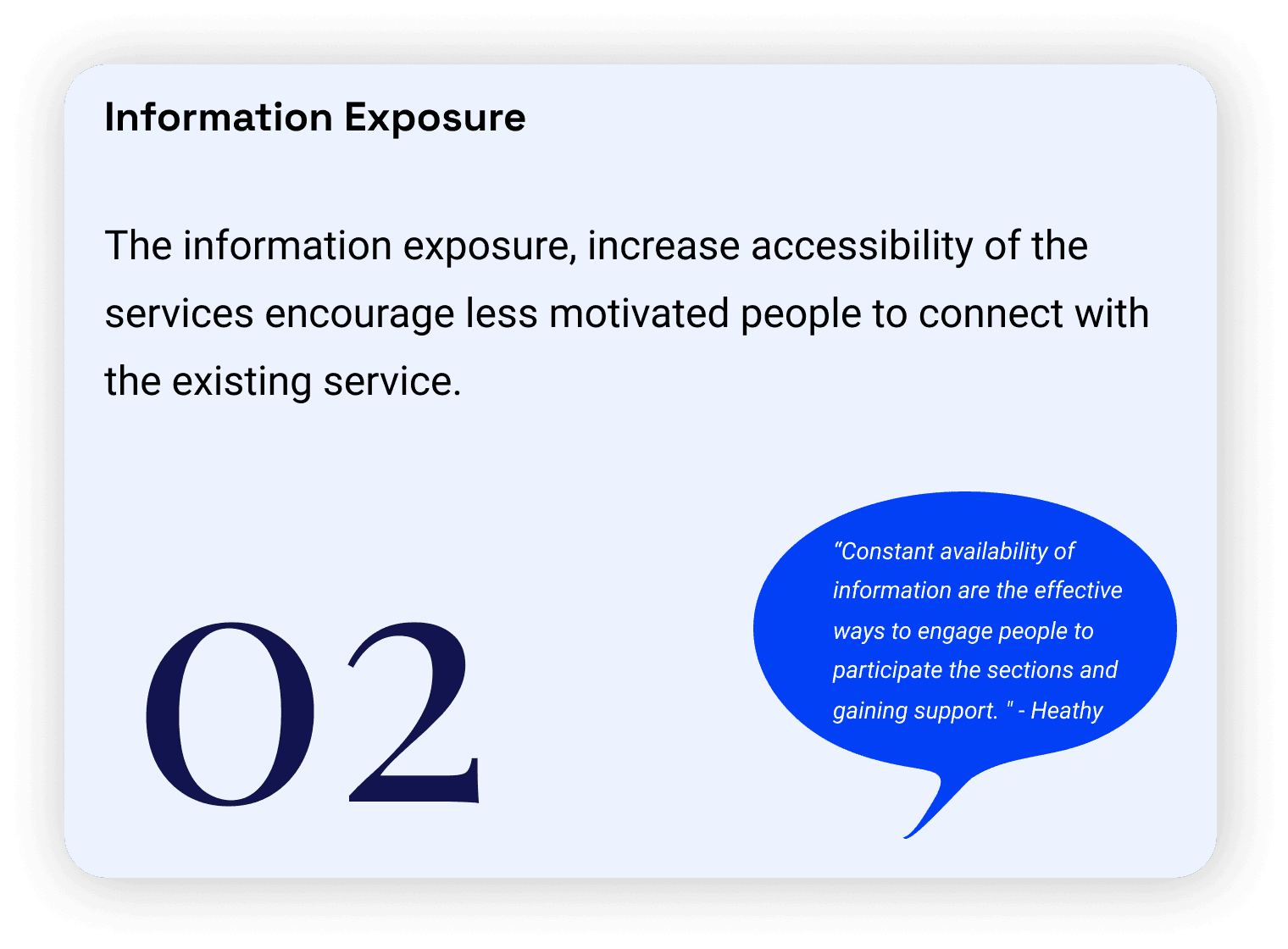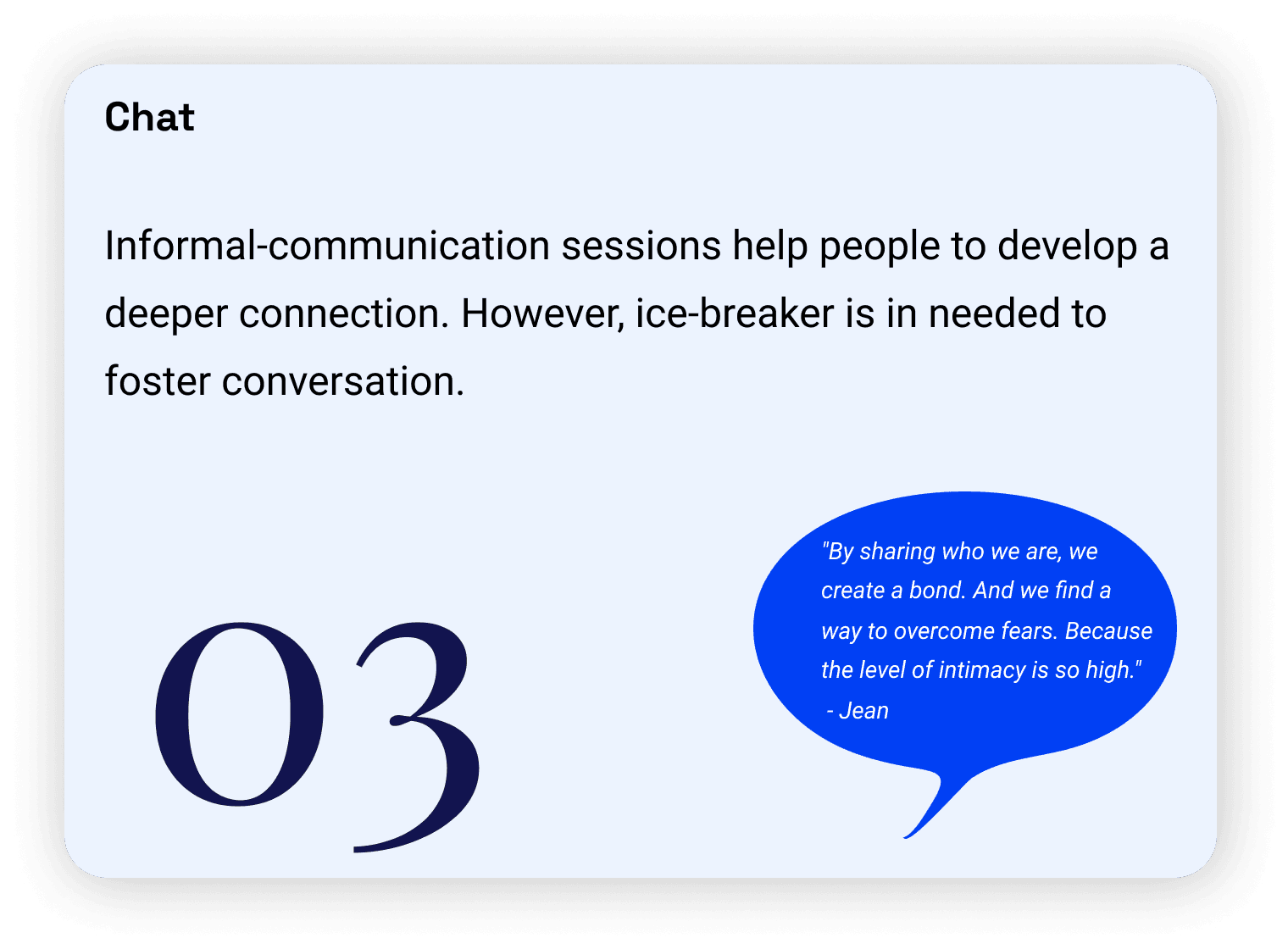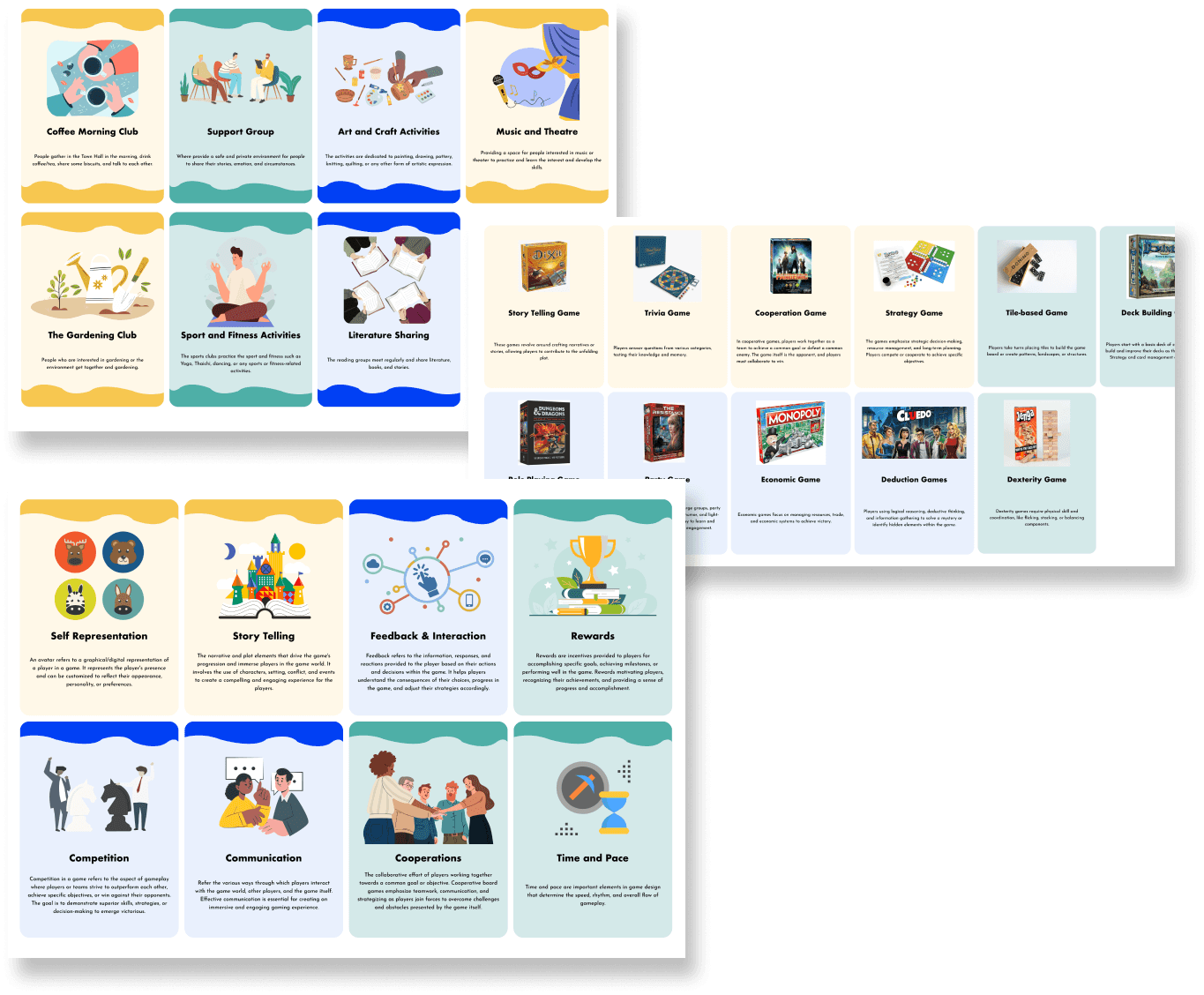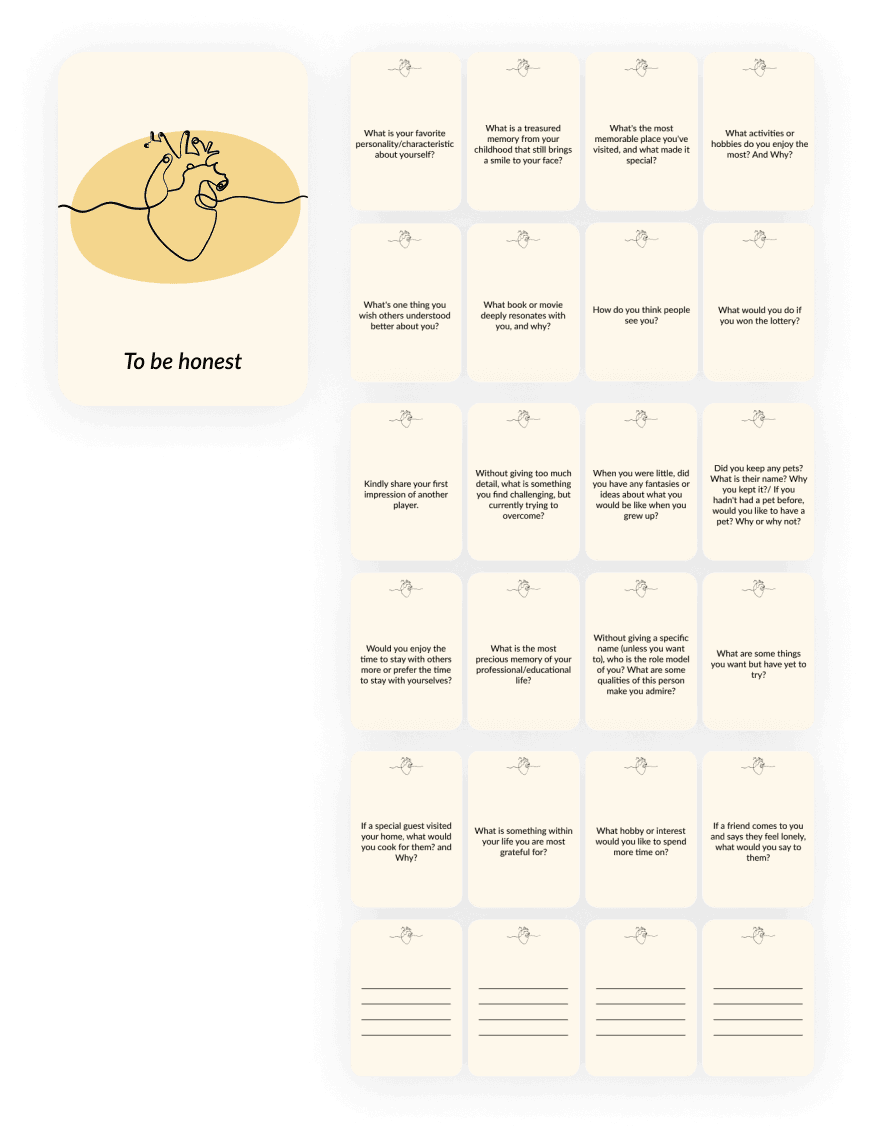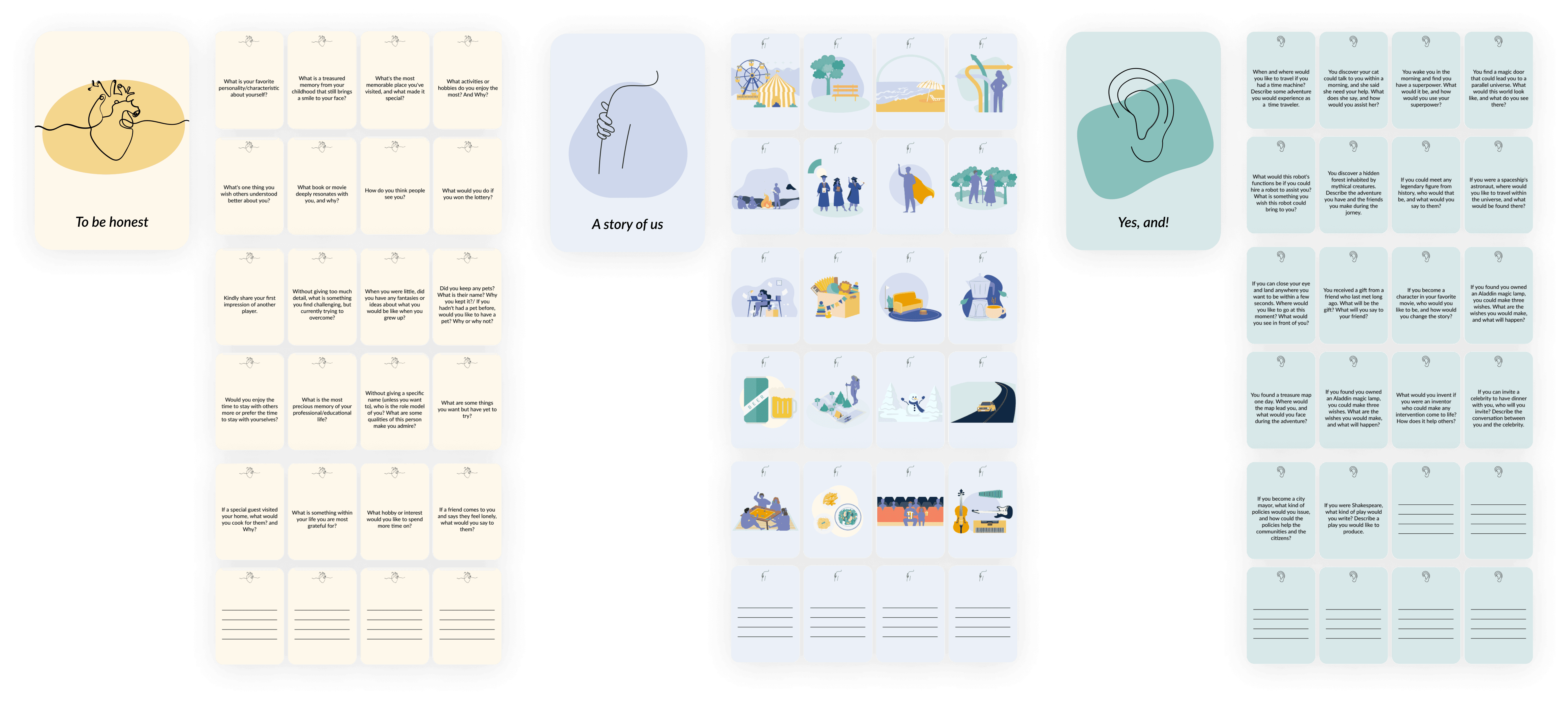Primary Research
To Gain Answer for the Question I Have During the Previous Secondary Research Stage, I Adopted the Triangulation Research Method to Discover the Community's Loneliness Problem.
Challenge for Research:
Target users are invisible? How did I seek the user?
During the research phase, one of the biggest challenges I faced was the target audience - people who felt lonely all the time, they could be disconnected from the community. Meanwhile, the community in Highland Scotland was new to me, I didn't have many connections with the local community. How can I interview and interact with this group of people?
Solution 1:
Participating "The Coffee Morning"
Engaged Local Community's Social Activities
By conducting the field study, secondary research, and talking to residents, I found some local social activities. I participated in various social activities, not only to network and talk to potential stakeholders but also to practice observation on the content of activities and services.
Solution 2:
I Might not be Able to Find the Invisible User, But I can Find the Stakeholders Related to Them
I conducted interviews to talk to people who had worked to tackle loneliness for years, including social workers, researchers, organization leaders, etc. Their experience and stories provided many insights.
Interview Stakeholders

